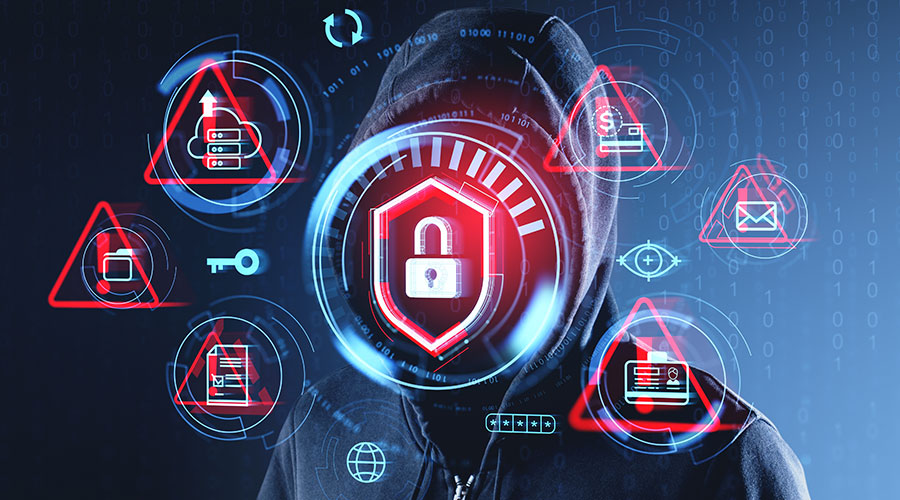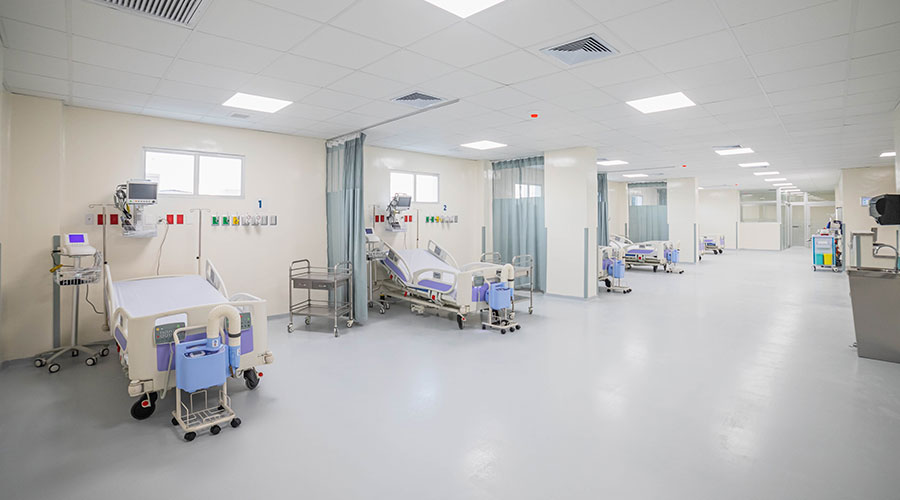New personnel and credential management functionalities for the Software House C•CURE 9000 v2.60 SP1 (standalone) and v2.61 (unified with victor from American Dynamics) adds support for NXP MIFARE DesFire EV1 and EV2 smart card encoding. This allows multiple applications, such as access control, vending, and parking to be combined into a single contactless smart card, with the user in complete control of the card’s memory and key material. To further protect against card tampering, the encoding setup features an optional Anti-Cloning diversified key, per NXP’s Generic Access Control Data Model.
Fast and secure data transmission is made possible with advanced AES-128 encryption. Both smart code encoding platforms are ideal for transportation, government, education and other vertical markets which require a high level of security and fast credential data transmission speed.
“With support for both MIFARE DESFire EV1 and EV2 smart code encoding, the latest versions of C•CURE 9000 give more autonomy to end users by allowing them to set and manage their encoding keys themselves,” said Rick Focke, Senior Product Manager, Building Technologies & Solutions, Johnson Controls. “Giving our customers the tools to exert more control in customizing our solutions to meet their specific needs is always a goal for our product development teams as they refine and expand our security solutions.”
MIFARE DESFire EV1 cards can hold up to 28 different applications and 32 files per application. MIFARE DESFire EV2 smart cards, the second evolution of the MIFARE DESFire open architecture platform, can hold an unlimited number of applications and include a proximity check feature to protect against relay attacks, while employing a virtual smart card architecture for privacy protection.
This newest version of the C•CURE 9000 security and event management platform also includes USB webcam support for badging. Also, visitor management capabilities of the platform have been extended to include multi-language support and the ability to assign a QR code to a visitor that can be used at the self-service kiosk application upon arrival. A visitor simply scans the QR code and the app auto-populates the visitor information into the appropriate fields for quick and easy check-in. The information is then sent directly to the host to notify him/her of the visitor’s arrival.
For more information, visit http://www.swhouse.com.

 Alleged Ransomware Administrator Extradited from South Korea
Alleged Ransomware Administrator Extradited from South Korea Design Plans Unveiled for New Intermountain St. Vincent Regional Hospital
Design Plans Unveiled for New Intermountain St. Vincent Regional Hospital Ground Broken on New Pediatric Health Campus in Dallas
Ground Broken on New Pediatric Health Campus in Dallas Pre-Construction Strategies for Successful Facilities Projects
Pre-Construction Strategies for Successful Facilities Projects Geisinger Finds Success with Violence Prevention Efforts
Geisinger Finds Success with Violence Prevention Efforts